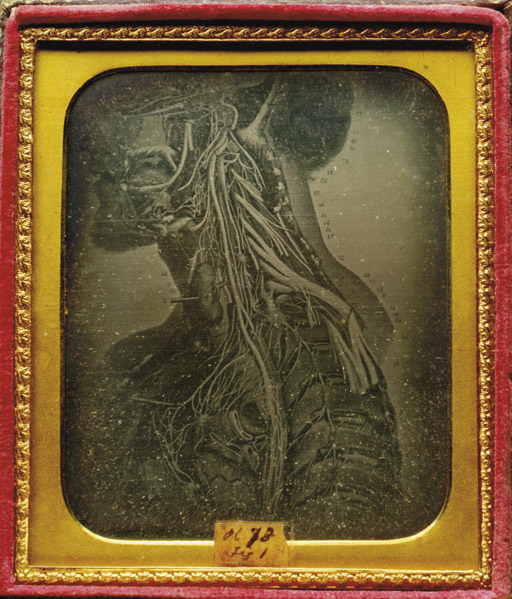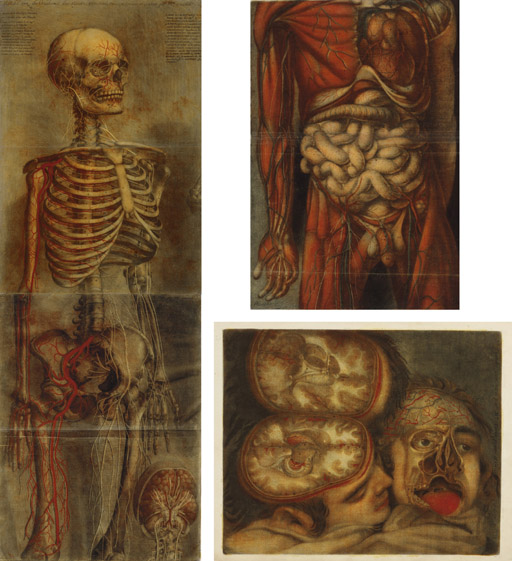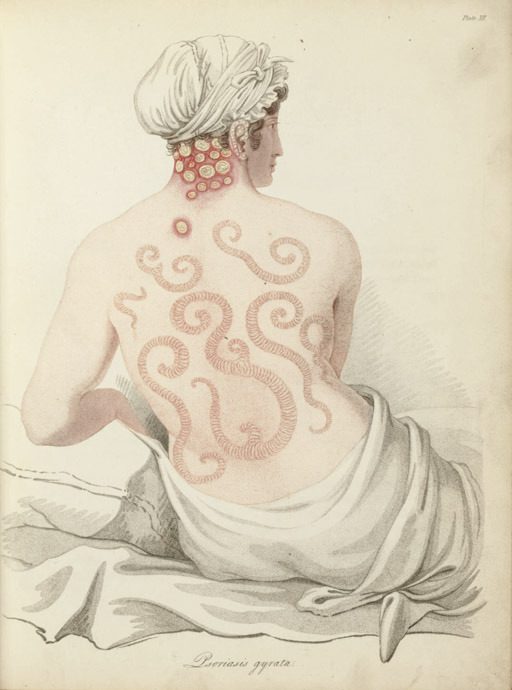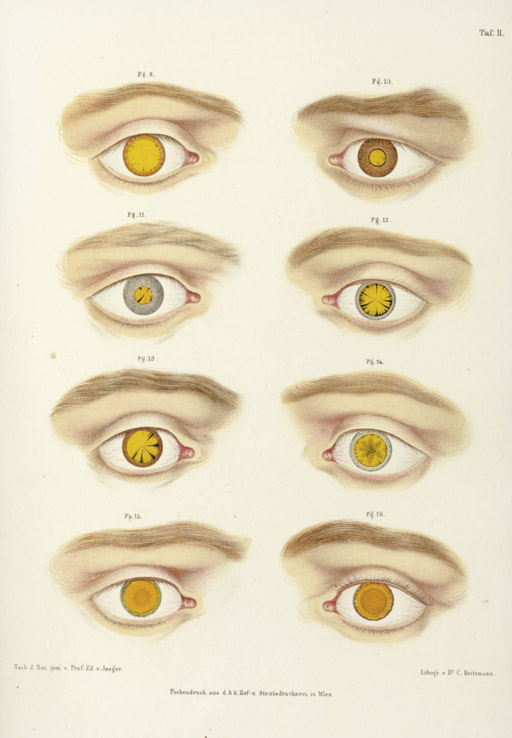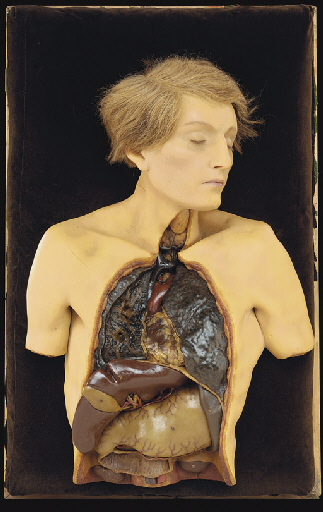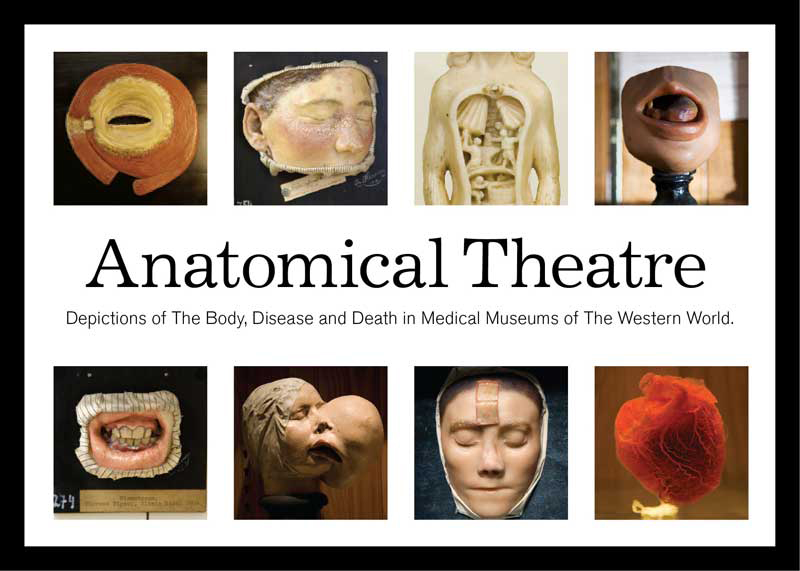
The details have been cemented for my upcoming exhibition
Anatomical Theatre: Depictions of The Body, Disease and Death in Medical Museums of the Western World at The University of Alabama at Birmingham's
Alabama Museum of the Health Sciences. This will be a photographic survey of medical museums with an eye towards their art and history, and how they function as cultural artifacts of a particular time and place. If anyone resides 'round Alabama way, I would like to cordially invite you to attend both the exhibition opening and the
lecture and slide show I will be giving in conjunction with the opening. There will be wine and cheese amidst photographs of medical museums from around the world. What could be more fun on a hot, humid Birmingham afternoon? Hope to see you there! Details above. If you can't make it, no worries. This is to be a traveling exhibition so, with any luck, you'll have the opportunity to drink wine among anatomical models closer to home.
The photos in
Anatomical Theatre were taken on a month-long pilgrimage to a number of medical museums throughout Europe and The United States. At each, I sat with curators and keepers, asked questions, and photographed the collections, sometime behind the scenes as well as the museum displays proper. I received a
Reynolds Associates Research Fellowship In the History of the Health Sciences from UAB to work on this exhibition.
Some of the museums I visited and photographed:
The Vrolik in Amsterdam,
La Specola in Florence,
Musée Dupuytren in Paris,
The Josephinum and
The Federal Pathologic-Anatomical Museum in Vienna,
The Mütter Museum in Philadelphia,
The National Museum of Health and Medicine in Washington D.C.,
The Museum of Anatomical Waxes (Museo delle Cere Anatomiche) in Bologna, the
Mobile Medical Museum and the
Alabama Museum of the Health Sciences in Alabama,
The Semmelweis Museum in Budapest, the
Royal College of Surgeons of Edinburgh, The Gordon Museum in London, and The Hunterian Museums in
London and
Glasgow.Thanks so much to all the curators who took the time to open their cabinets and talk to me about this project. And a special thanks to photographer Rosamond Purcell for loaning me one of her wonderful
Ruysch photographs for this exhibition!
